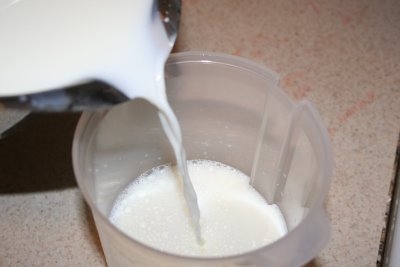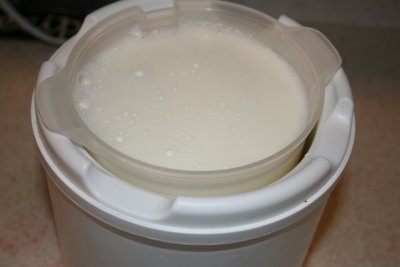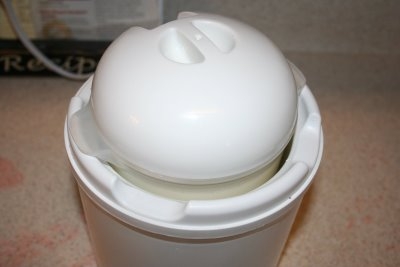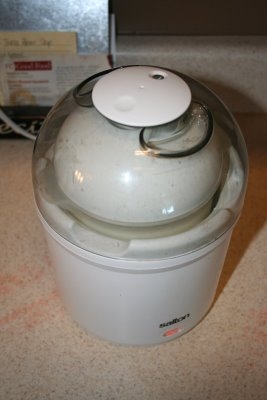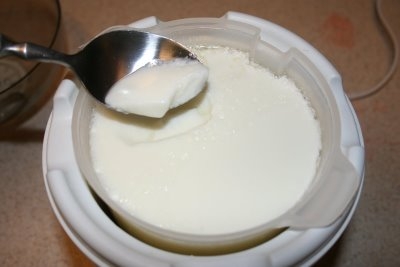This post, about making buttermilk, is actually a precursor to a wonderful recipe I am going to share latter this week for buttermilk syrup.
Making your own buttermilk at home is simple and inexpensive, and a great beginner step into the wonderful world of cultured milk products. Buttermilk bought from the store is a cultured product. It really isn’t the milk leftover from making butter. Butter now days is usually sweet cream butter, meaning that the cream used to make the butter is fresh, not soured. In the good old days, women would save their cream for a week or more until they had enough to churn, in the process of saving the cream (in a world where there was no refrigeration) the cream would sour, or culture. Once the butter was made, the milk that would come off the butter tasted, well, sour and tangy. Women would use this buttermilk in baking, nothing was every wasted.
Now that we use sweet cream to make butter, buttermilk has to be made from milk that has had cultured added to it, in order to get the soured taste that makes buttermilk.
To make buttermilk from home, all you need is:
Cultured buttermilk
Milk
and
a glass jar
Making the buttermilk is as simple as, adding the store bought buttermilk and milk together in a jar
covering with plastic (so it can breath a little, or you might break the jar as the milk cultures)
and letting it sit on your counter for a day or so, until it thickens.
Yes, out on the counter, not refrigerated, the milk will not go bad.
This will create a nice thick buttermilk, sometimes it is thick enough to spoon out of the jar. (If this happens, a quick stir will liquefy it again). At this point store in the refrigerator, it will be good for a couple of weeks. Make sure you remember to save a little bit to use as a starter for the next batch. Like yogurt or kiefer, it is the gift that will just keep giving.
There you have it, a quart of buttermilk for the price of a half pint and some milk.

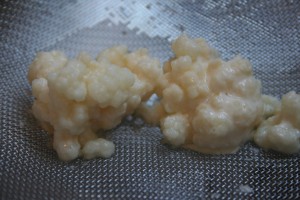
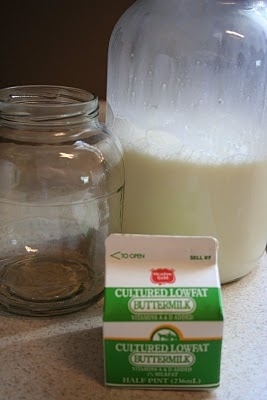
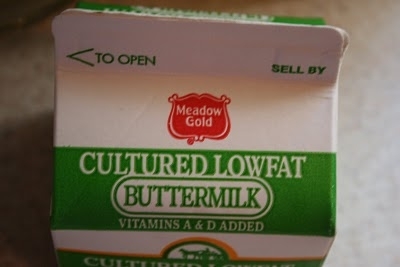
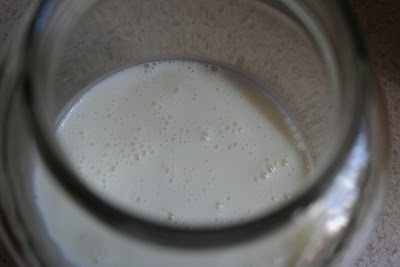
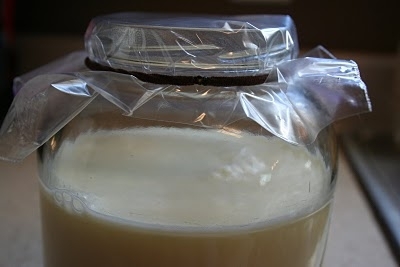
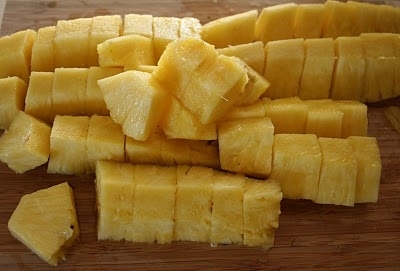
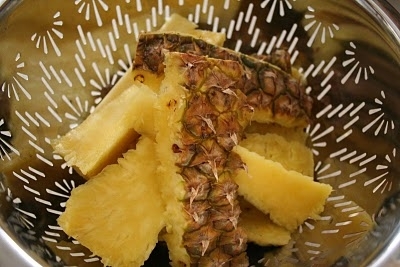

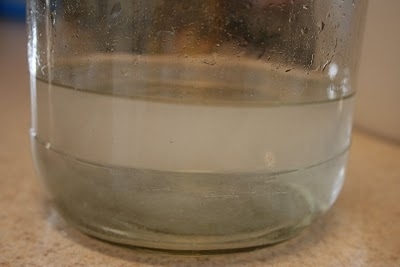
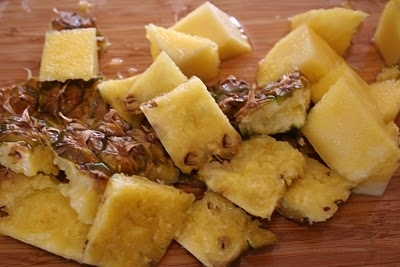
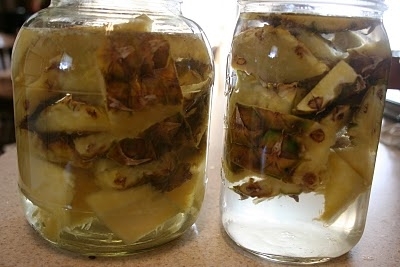
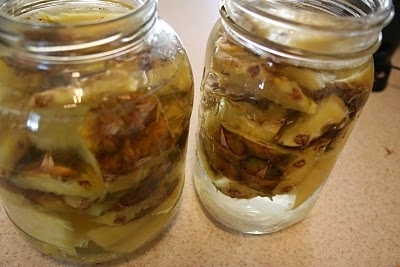
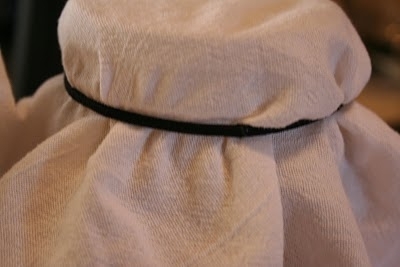
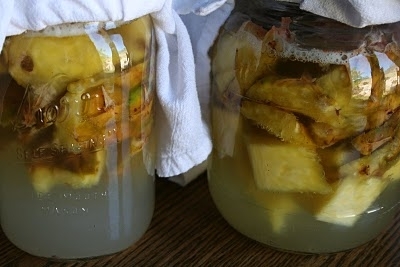
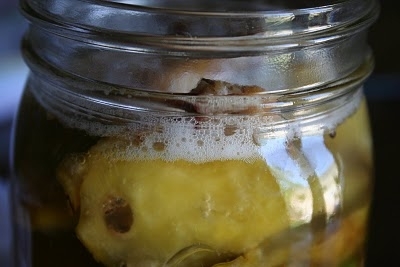
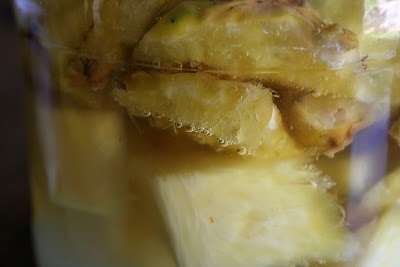
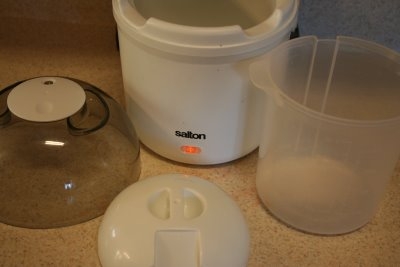
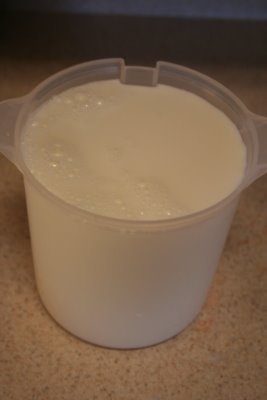
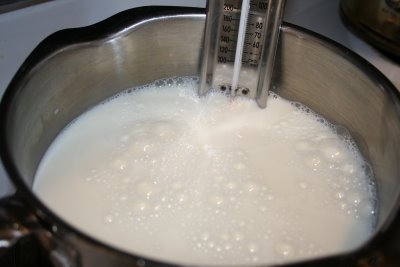
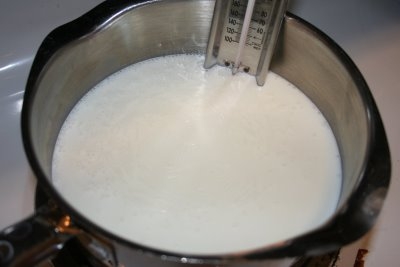
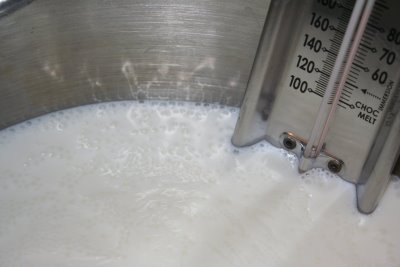
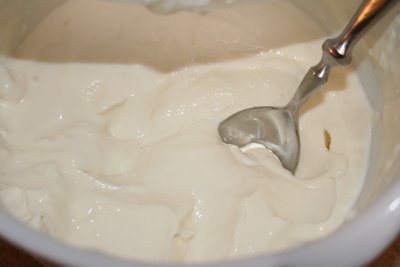 When it has cooled to 120 degree pour a little off into a bowl and add your starter. You can buy dry yogurt starter at a health food store, or you can use plain cultured yogurt. For this batch I used a couple spoonfuls of my
When it has cooled to 120 degree pour a little off into a bowl and add your starter. You can buy dry yogurt starter at a health food store, or you can use plain cultured yogurt. For this batch I used a couple spoonfuls of my 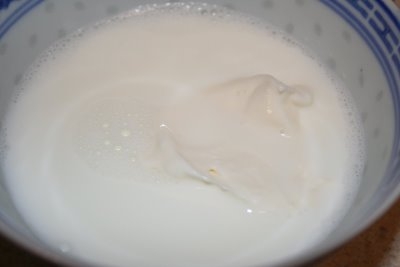
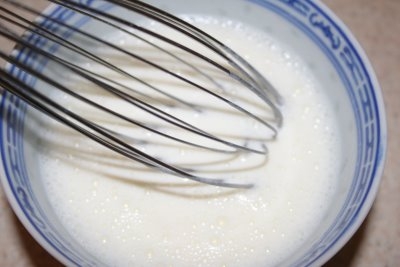
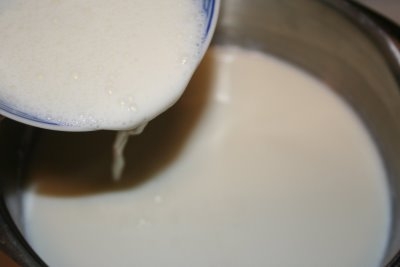 Then, once again, pour it back into the yogurt maker.
Then, once again, pour it back into the yogurt maker.
